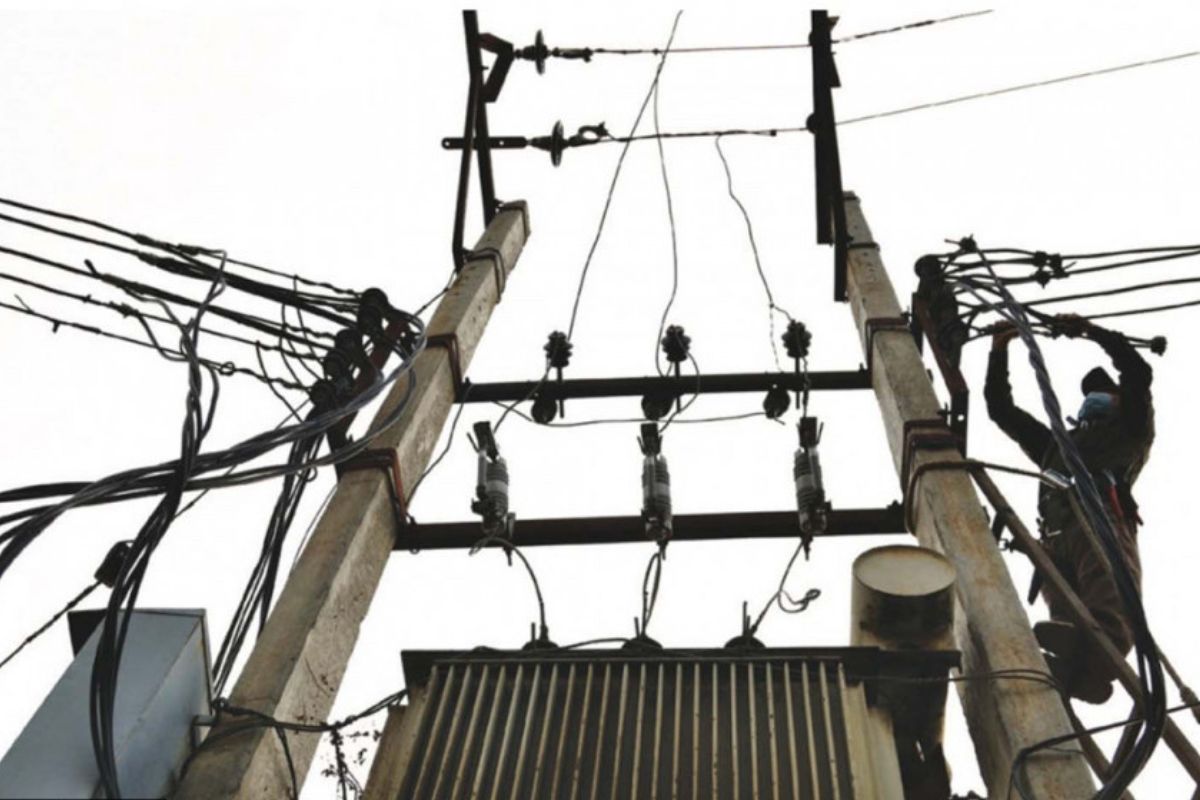Through 2018, Nepal witnessed high levels of electricity shortages that resulted in rolling power outages, colloquially referred to as load-shedding. In May 2018, the Nepal Electricity Authority (NEA), the country’s monopoly power utility, valiantly declared that it had defeated load-shedding for industrial consumers. Households and residential customers had been relieved of load-shedding a year earlier. Thus, the NEA announced it had ended power outages for all.
Four years since, Nepal is now flush with electricity. And, of course, all the politicians and political parties are rushing to give it away. The election manifestos of the leading national parties included a clear intent to reduce the electricity tariff and make it free or cheap for poorer households.
Advertisement
Subsidised electricity doesn’t win elections, as the Minister of Energy, Water Resources and Irrigation Pampha Bhusal learned recently. She suffered a stunning defeat against Dr Toshima Karki in Lalitpur-3, who won by approximately a three-fold margin. Minister Bhusal’s party, the Communist Party of Nepal (Maoist Centre) which held the Energy Ministry for the entire duration of the last term and instituted the policy of giving away free power to poor households, also suffered significant electorate losses.
The effort to assist the poor in Nepal with free electricity is having an adverse effect. The good intent of free electricity simply ends up becoming a lot more expensive for the poor because it increases the overall expenditure associated with electricity use.
In 2020-21, the NEA began implementing a revised tariff structure for single-phase household consumers with a 5 ampere connection. Those customers received up to 20 kWh per month for a flat monthly fee of Rs 30 per month. For consumers with a higher ampere connection, the fixed charges and electricity tariffs are marginally higher but remain low. Overall, for household consumers with a single-phase connection, the tariff per unit of electricity increases slowly with the volume of usage, touching Rs 10 per unit (kWh) once the monthly electricity usage exceeds 50 units.
The NEA reported that in 2020- 21, it supplied approximately 2 million household customers with 86,000 MWh of free electricity. Those 2 million customers represent approximately 40 per cent of its customer base, though the share of free electricity is less than 1 per cent of the 8,623 thousand MWh that it sold that year. Despite the good intent of providing low-cost electricity to poor households, the approach ultimately ends up being detrimental to the interests of those very customers that it is supposed to benefit.
Consumers do not consume electricity directly. They get appliances or other electrical equipment that use it. The type of appliance that customers purchase is often dictated by energy prices.
When prices are high, consumers tend to purchase energy-efficient equipment which can provide the same output with a smaller amount of input energy. On the other hand, when electricity prices are low, consumers will prefer to purchase less efficient equipment because there isn’t enough benefit from investing in the higher costs of the more efficient product.
Poor households respond to the incentives in the same way that higher income households do. They alter their choice of electric products based on the electricity bill they will have to pay. In most cases, poor households, and particularly those availing the benefits of free electricity, use electricity almost entirely for lighting. For them, the appliance they purchase is light bulbs.
Those households facing no cost for electricity usage have no incentive to purchase higher quality, efficient light bulbs. Instead, they purchase the cheapest light bulb. Unfortunately, Nepal also lacks standards and policies to control the quality of appliances and equipment that are sold in the market. Counterfeits and lowquality products (often lacking adequate safety) are widely scattered across the market, and it is hard to differentiate good quality from bad quality products.
Consequently, most of the poor households need to keep replacing the products or appliances that break down. The net result is that most poor households end up spending a lot more on lighting and other home appliances than they benefit by receiving free electricity.
A better way to support the poor in improving electricity access would be to allow them to face the real cost of electricity while providing them support to acquire high quality, high efficiency products and appliances. In 2020-21, the NEA spent approximately Rs 510 million in providing free electricity to poor households. This money could instead have been used to provide poor households with access to high quality, efficient light bulbs.
Among household customers, distorted electricity prices through subsidies is making the poor even poorer. In the commercial and industrial segments, electricity prices are also distorted but not because of subsidies. Instead, they are distorted because of the structure of the tariffs.
Industrial and commercial tariffs are divided into demand charge the amount consumers must pay based on their contracted load and regardless of actual electricity use; and energy chargethe amount consumers pay per unit of electricity consumed.
Nepal’s current industrial and commercial tariff has a high demand charge relative to the energy charge. For example, a typical low voltage commercial customer could pay about 15 per cent of their total electricity costs as demand charges. This structure helps the NEA raise reliable and consistent revenues, but it undermines, almost kills, the very thing it needs most urgently electricity demand growth.
Increased mechanisation is required across industry and commerce to raise electricity demand. Much like how subsidies for the poor remove the incentive for them to invest in higher quality lighting products, the structure of industrial and commercial tariffs reduces the incentive for investing in mechanisation. When investment in mechanisation does occur, the tariff structure encourages the adoption of low quality, low efficiency mechanisation because the energy charges do not provide enough of an incentive to save.
Nepal’s industrial and commercial tariffs are predicated on the idea that electricity is an important factor in the cost of production. If you keep electricity prices low, the argument goes, the cost of production will decline, industries and commercial establishments will become more competitive, produce more and will, in turn, increase electricity demand.
Competitiveness in most Nepali industries and commercial establishments will not increase as a result of only reductions in electricity tariffs. Electricity isn’t large enough of a factor in the cost of production. Increased investments towards modernisation and mechanisation of industries and commercial establishment are likely to be a much larger driver of competitiveness than electricity prices. Higher electricity tariffs, on the other hand, could provide the inducement for increased investments in the modernisation and mechanisation of industries and commercial establishments.
Almost half of Nepali households use under 20 units of electricity every month. The subsidy being provided to them isn’t helping to keep their overall energy expenditures low. The imbalance between demand and energy charges in the tariff structure of industries and commercial establishments is limiting investments in mechanisation and stunting electricity demand growth. It is time for Nepal to take a fresh look at how we can truly benefit from the abundance of electricity generation that we have unlocked.











